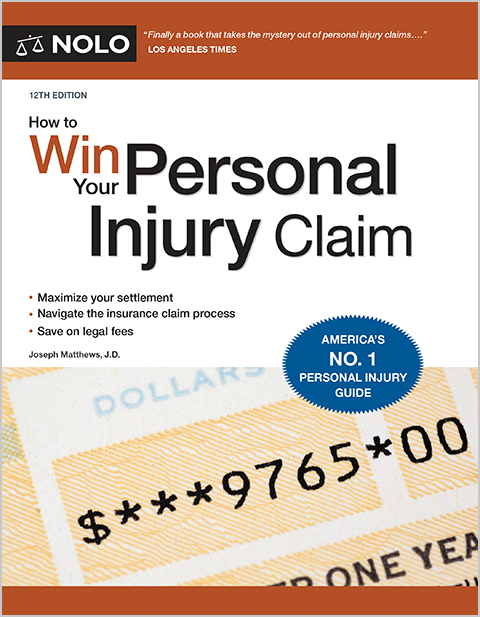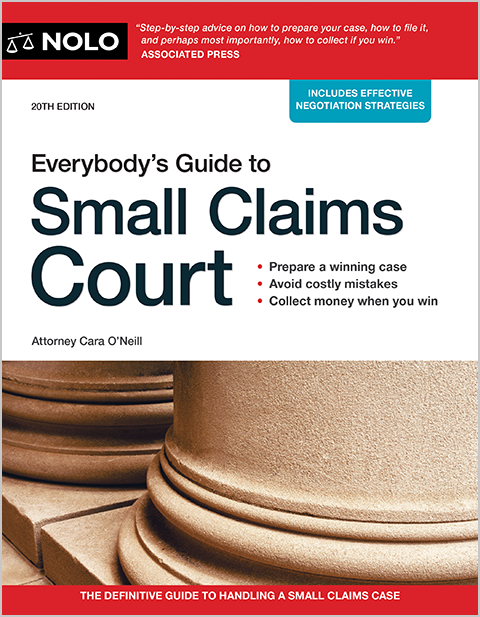Making sense of Minnesota's no-fault car insurance rules, and the state's minimum car insurance coverage requirements.
If you're a vehicle owner in Minnesota (or even if you're just storing your car in the state), you must purchase and carry certain minimum amounts and types of car insurance:
- $40,000 per person, per accident in no-fault/PIP coverage ($20,000 for medical costs and $20,000 for non-medical costs, like lost wages and replacement services) for you and others covered under your policy
- $30,000 liability coverage, per person for bodily injuries (after an accident caused by you or a driver covered under your policy)
- $60,000 liability coverage per accident for bodily injuries (if more than one person is injured after an accident caused by you or a driver covered under your policy)
- $10,000 liability coverage per accident for property damage (after an accident caused by you or a driver covered under your policy), and
- uninsured and underinsured motorist coverage that meets the state's minimums.
Let's dive deeper into Minnesota's no-fault car insurance system and how an insurance claim works after a car accident.
- How Does No-Fault Car Insurance Work in Minnesota?
- Who Is Covered Under Minnesota's No-Fault Car Insurance?
- What Losses Are Covered in a Minnesota No-Fault/PIP Claim?
- How Do I Make a PIP Claim in Minnesota?
- When Can I Sue the Other Driver in Minnesota?
- Do I Need Uninsured/Underinsured Motorist Coverage in Minnesota?
- Get More Information and Help
How Does No-Fault Car Insurance Work in Minnesota?
Minnesota is one of a dozen or so states that follow some version of a "no-fault" car insurance system. With no-fault, your own car insurance coverage (in Minnesota, that means the "personal injury protection" or "PIP" coverage outlined in the intro) pays for your medical treatment and other out-of-pocket losses after a car accident, up to policy limits, regardless of who caused the crash.
According to the Minnesota Commerce Department, you're required to carry no-fault/PIP if:
- your vehicle is required to be registered or licensed in Minnesota, or
- your vehicle is principally garaged in Minnesota.
Nonresidents of Minnesota must also maintain PIP and liability coverage on any owned vehicle when it's driven within Minnesota's borders.
Who Is Covered Under Minnesota's No-Fault Car Insurance?
In Minnesota, your PIP coverage applies to:
- you (the policyholder)
- your spouse and children
- any relative living in your home, as long as they do not have a car insurance policy of their own, and
- anyone using your car (with permission) if they don't have coverage of their own.
What Losses Are Covered in a Minnesota No-Fault/PIP Claim?
After a car accident, PIP pays your (or another covered person's):
- medical bills
- lost wages
- "replacement services" (such as the cost of paying for housecleaning/chores you can't perform because of your car accident injuries), and
- funeral expenses up to $2,000 if the car accident results in a covered person's death.
$20,000 in PIP covers medical bills, and another $20,000 can be used for non-medical expenses. Coverage above these minimums can be purchased.
Note that with a PIP/no-fault claim, you can't get compensation for your "pain and suffering" and other non-monetary damages stemming from the accident. In non-no-fault (or "liability") scenarios, and especially when car accident injuries are significant, "pain and suffering" can represent a majority percentage of a claimant's damages.
How Do I Make a PIP Claim in Minnesota?
To get the PIP claim process started after a car accident, you can simply notify your car insurance company of the crash, either over the phone or through the company's online claims portal. From there you'll be instructed on the right next steps for getting compensation for your losses.
According to the Minnesota Department of Commerce, when making a claim: "You must include proof of expenses, complete an application for benefits, and submit to a medical examination if requested. Bills should be submitted to the insurance company as they come in."
What's the Deadline for Making a No-Fault Claim in Minnesota?
Whether you're making a claim under your own insurance policy, or as a covered person under someone else's plan, you'll need to get the PIP claim process started within six months of the car accident, according to Minnesota Statutes section 65B.55.
This is a pretty lenient deadline, however. Your claim can't automatically be denied for failure to file within six months. The insurance company would need to show that its rights or interests were somehow harmed (or "prejudiced") by the delay.
Note that this six-month claim filing deadline is different from Minnesota's statute of limitations. That law gives you two years to file a car accident lawsuit, if the circumstances of the crash and your resulting injuries let you take the at-fault driver to court. Speaking of which...
When Can I Sue the Other Driver in Minnesota?
Your options for pursuing a claim against anyone else are limited when you're injured in a car accident, unless your injuries meet a certain threshold. Specifically, in order to step outside of the no-fault system in Minnesota (so that "pain and suffering" and other non-economic losses are on the table in a claim against the t-fault driver):
- you must have incurred at least $4,000 in reasonable medical expenses because of the accident, and/or
- you must have suffered 60 days of disability, permanent injury, or permanent disfigurement because of the accident.
Keep in mind that, even after one or both of the above thresholds is met, your liability claim against another driver can only be for amounts not covered by your PIP coverage. But you can hold the at-fault driver responsible for the accident via a third-party car insurance claim or personal injury lawsuit, and you can pursue compensation for all categories of losses, including pain and suffering and all other available non-economic damages (which, again, aren't available in a no-fault claim).
It's important to note that Minnesota's no-fault car insurance system applies to injuries caused by car accidents, but not to vehicle damage claims. A claim for damage to (or total loss of) a vehicle can be made against the at-fault driver in Minnesota, with no limitations.
Do I Need Uninsured/Underinsured Motorist Coverage in Minnesota?
Yes, as mentioned in the intro to this article, Minnesota requires vehicle owners to carry both uninsured and underinsured motorist coverage. Here's a breakdown of the required minimums:
- $25,000 in uninsured motorist coverage, per person for injuries
- $50,000 in uninsured motorist coverage per accident for injuries (if more than one person is injured)
- $25,000 in underinsured motorist coverage, per person for injuries, and
- $50,000 in underinsured motorist coverage, per accident for injuries (if more than one person is injured).
Get the details on how uninsured/underinsured motorist coverage works after a car accident.
Get More Information and Help
For more details on Minnesota's motor vehicle insurance rules, check out the Auto Insurance portal and this Auto Insurance Guide from the Minnesota Commerce Department.
If you've been in a crash, learn more about the Minnesota car accident laws that could affect you. And especially if your injuries are significant, you might want to learn how an attorney can help with your car accident case.
- How Does No-Fault Car Insurance Work in Minnesota?
- Who Is Covered Under Minnesota's No-Fault Car Insurance?
- What Losses Are Covered in a Minnesota No-Fault/PIP Claim?
- How Do I Make a PIP Claim in Minnesota?
- When Can I Sue the Other Driver in Minnesota?
- Do I Need Uninsured/Underinsured Motorist Coverage in Minnesota?
- Get More Information and Help



